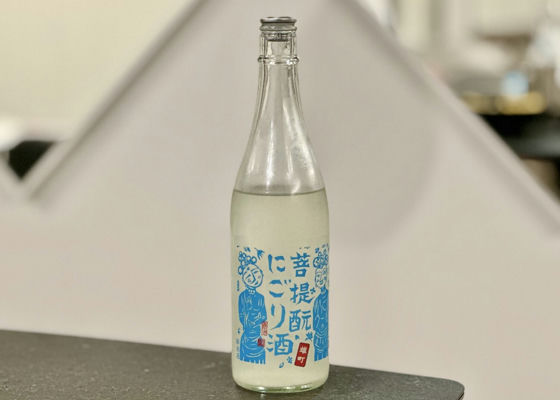
しんたろ
The "figure" follows the Special Junmai (yellow label) and Jungin Nakadori (red label). This is the first Black Impact.
The flavor is full of both umami and sweetness, and the aroma is green apple-like. It can be served with a wide range of foods, and when paired with yuba or wasabi, it enhances the flavor of the food. On the other hand, it also goes surprisingly well with snacks such as Doritos and Jagarico. This is a bottle that shines for its versatility. All of the "Sagata" wines have a truly wonderful umami flavor.
Rice: 20% Yamadanishiki, 80% Gohyakumangoku
Rice polishing ratio: 55
Alcohol content: 17
Sake meter: 0
Acidity: 1.7
Japanese>English
ジェイ&ノビィ
Good morning, Shintaro 😃.
I thought yuba and wasabi would go well together 😋, but I didn't expect snacks to go well together😅I'll try it next time 🤗.
Japanese>English


















